In pharmaceutical manufacturing, granulation is a crucial step to convert fine powders into free-flowing granules, which are then used to produce solid dosage forms such as tablets or capsules.
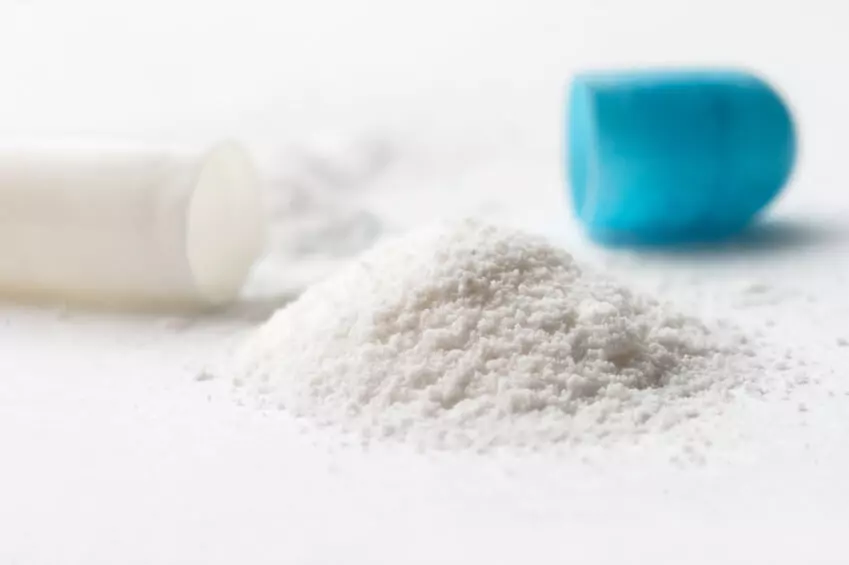
Granules are preferred because they have better flow properties and compressibility, which helps ensure uniformity in dosage and tablet weight. One of the most effective methods for dry granulation is roller compaction.
What is roller compaction? Roller compaction compresses powders between two rotating rollers to form solid ribbons or sheets. These ribbons are then milled into granules without the use of water or solvents, making this method ideal for heat-sensitive and moisture-sensitive active pharmaceutical ingredients (APIs).
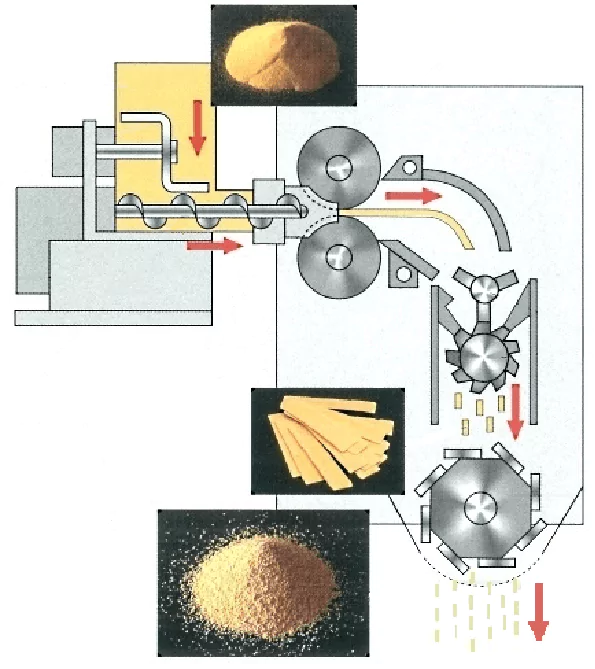
Roller compaction is efficient, cost-effective, and scalable, making it widely used in large-scale pharmaceutical production.
| Step | Description |
| Powder Feeding | Feed the powder blend steadily into the roller compactor. |
| Compaction | Compress the powder between rollers to form dense ribbons. |
| Granulation | Break down the ribbons into smaller, free-flowing granules for further use. |
The granulation process in a roller compactor involves three key steps:
The entire roller compactor granulation process is efficient and repeatable, which makes it well-suited for large-scale pharmaceutical production.
| Parameter | Influence on Granulation |
| Roller Pressure | Higher pressure increases density; too high can cause degradation. |
| Roller Speed | Affects ribbon thickness; slower speeds yield thicker ribbons. |
| Feeding Rate | Consistent feeding ensures uniform granules; fluctuations cause variation. |
| Roller Gap | Smaller gap creates thinner ribbons; larger gap makes thicker ribbons. |
| Powder Properties | Particle size, moisture, and flowability affect compaction quality. |
Several critical parameters influence the quality of the granules produced by roller compaction:
Careful control of these parameters is essential to produce granules with the desired characteristics, such as flowability, compressibility, and uniform particle size distribution. Manufacturers often rely on advanced control systems and real-time monitoring to ensure consistency and product quality during roller compaction.
Looking to enhance your pharmaceutical manufacturing process with advanced roller compaction technology?
At China Canaan, we offer state-of-the-art roller compaction systems designed for precision, efficiency, and scalability. Our machines feature advanced control systems that allow for real-time monitoring of critical parameters, ensuring consistent granule quality every time.
Whether you are working with moisture-sensitive APIs or require high-throughput production capabilities, we have the solution to meet your needs. Our roller compactors are engineered for high-performance, continuous operation, and are customizable to suit a wide range of pharmaceutical applications.
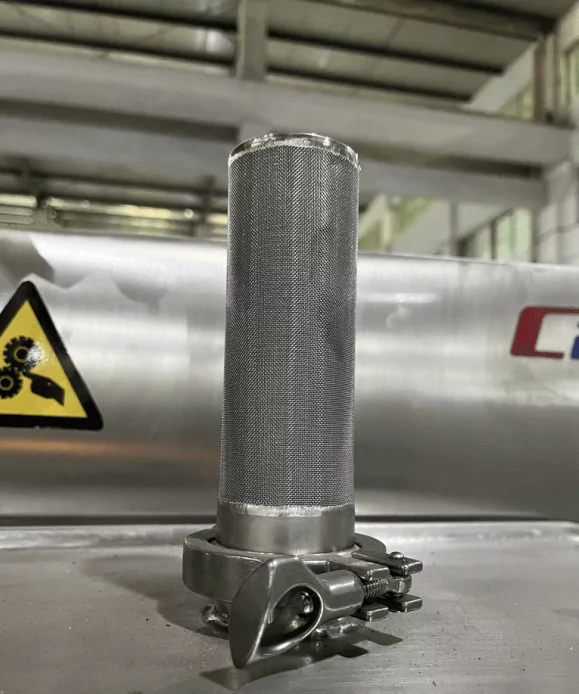
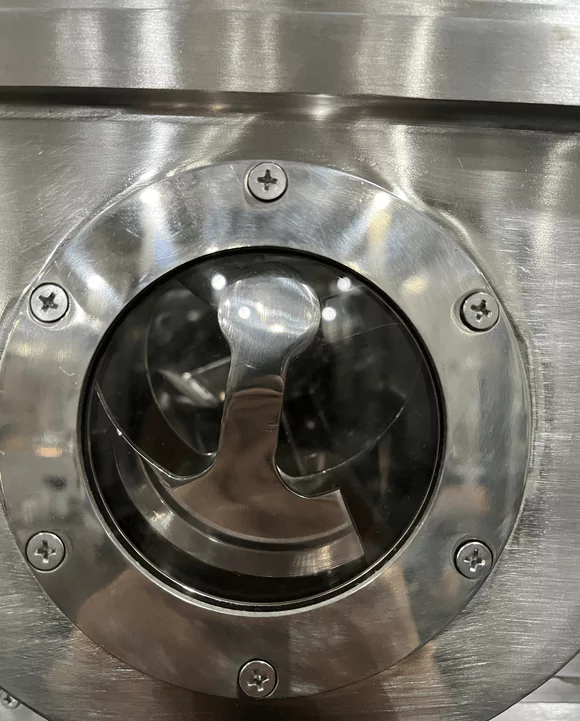
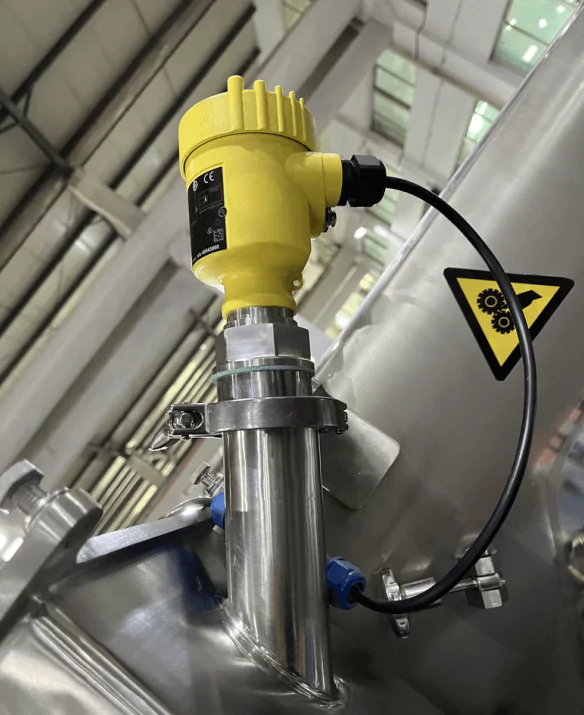
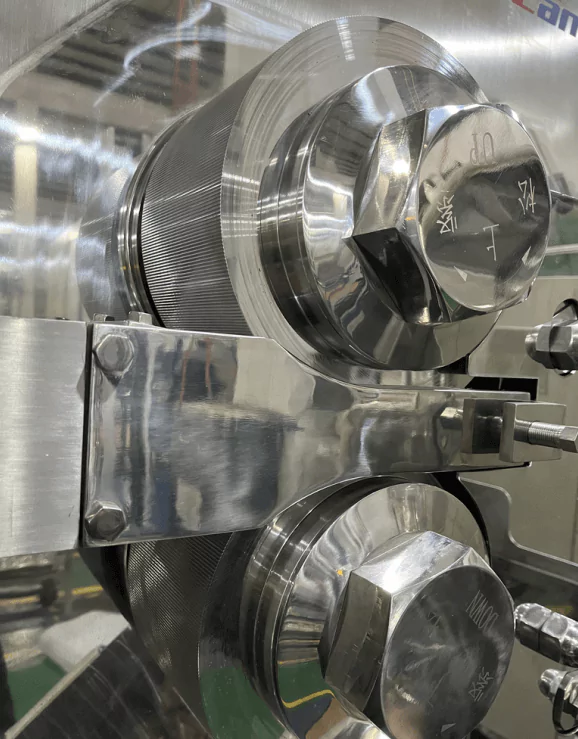
Contact us today to learn how we can help optimize your granulation process and improve your production efficiency.
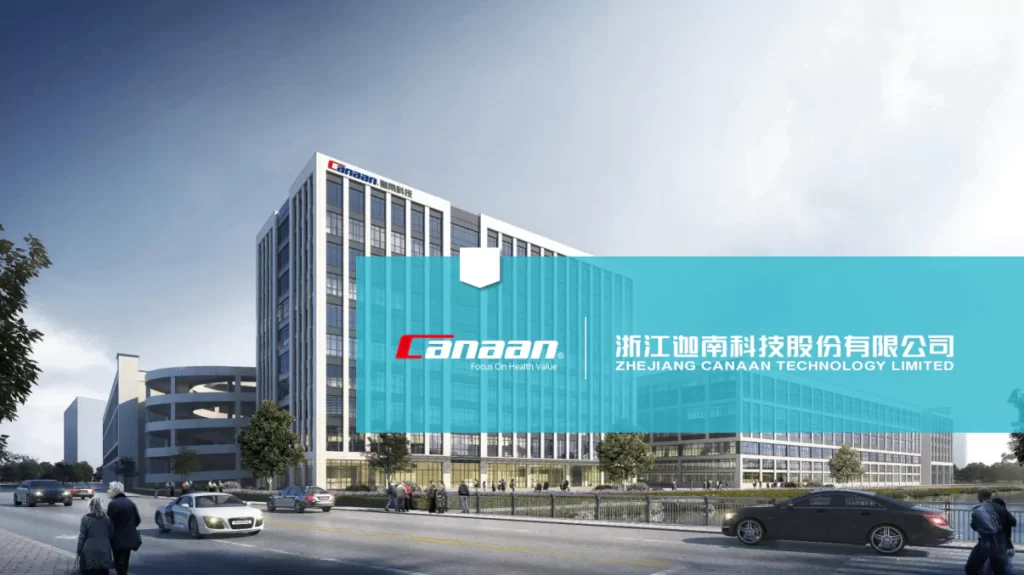
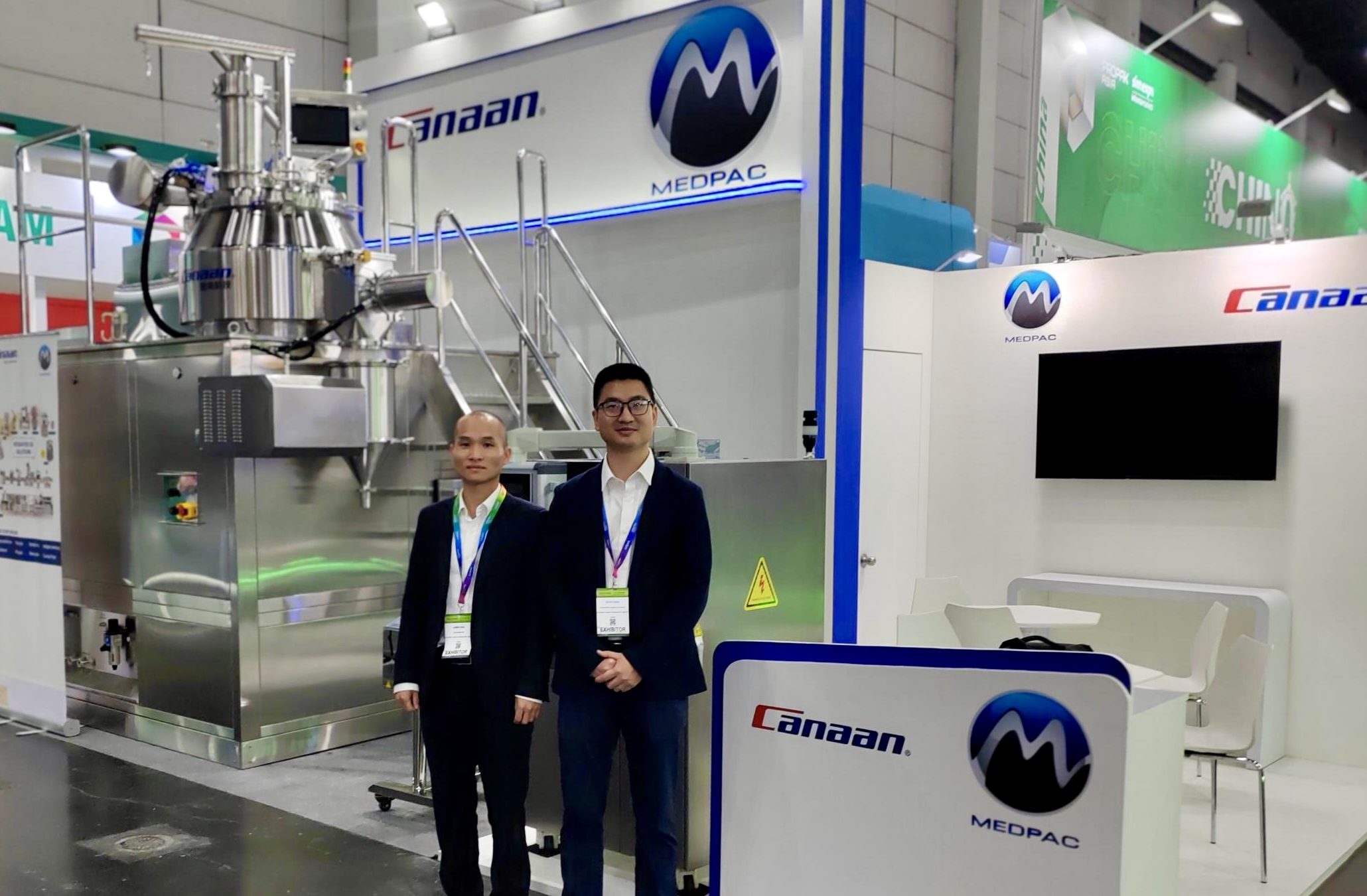
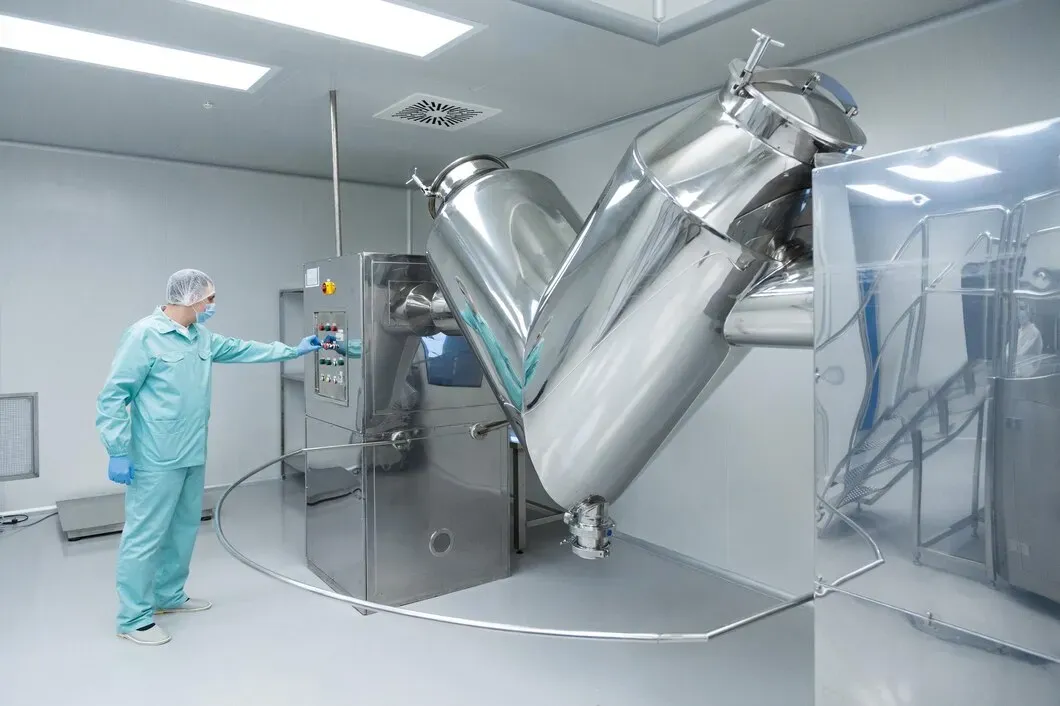
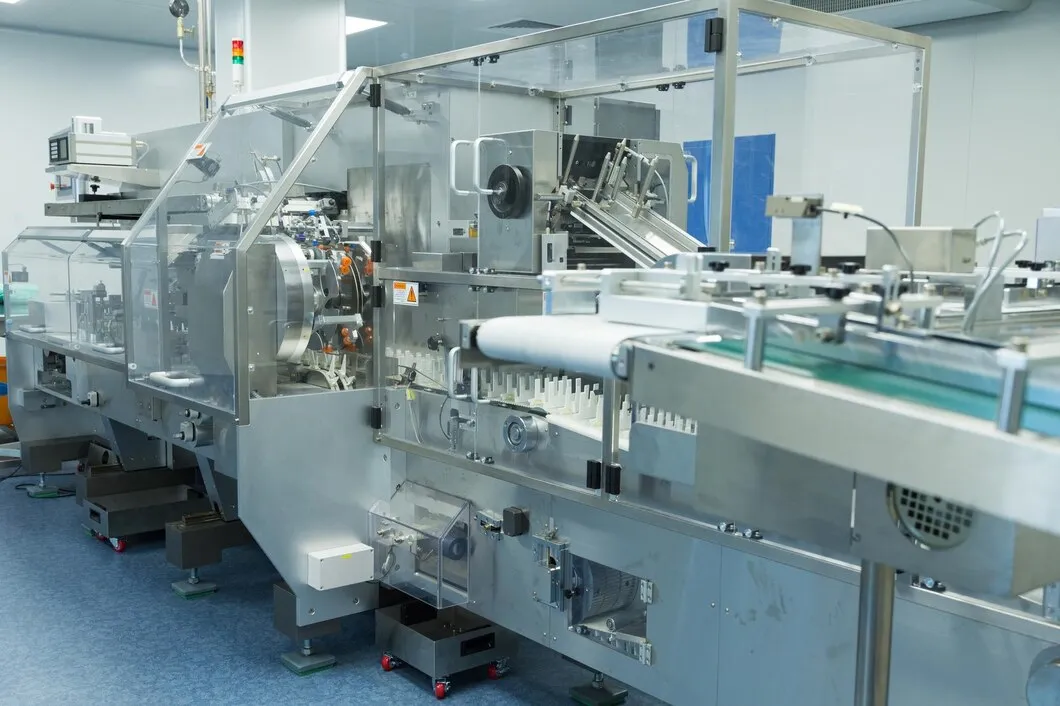

Before any drug reaches a patient, it starts in a lab. That’s where formulas are tested, batches are checked, and quality is either confirmed or questioned. To do that work right, labs depend on the right equipment—tools that don’t just get the job done, but do it with precision. If you’re responsible for running or […]

Blister packaging is everywhere in pharma—from tablets to capsules to sample packs. It protects the product, extends shelf life, and improves patient safety. But for manufacturers, it’s more than just packaging—it’s a system built around speed, precision, and compliance. If you’re in pharma manufacturing or packaging procurement, here’s what you need to know about blister […]

If you’re deciding how to deliver a pharmaceutical or supplement product, the format you choose—liquid gels or tablets—will shape more than just how it looks. It affects how the product is made, how fast it’s absorbed, what kind of equipment you’ll need, and how the end user experiences it. Some actives work better in a […]